Traveling in Tokyo is convenient because of its dense network of buses, trains and subways within the metropolitan city. To date, there are a total of 13 subway lines with 285 subway stations in Tokyo. It is easy to find yourself lost in the complicated subway system, but fret not!
In this article, I will focus on guiding you along the capital’s fourth subway line - Tokyo Metro Hibiya Line (東京地下鉄日比谷線). Named after the district of Hibiya, under which the line passes, the first section of the Hibiya Line was opened on 28 March 1961. The entire line comprising of 21 stations, color coded in gray, connects Naka-Meguro in southwest Tokyo with Kita-Koshigaya in the northeast and was completed in time for the 1964 Tokyo Olympics. Follow me on a tour to some of the interesting districts served by the Hibiya Line that you should include in your next trip to Tokyo.
1. Ebisu Station
As the second station on the Hibiya Line, the area around Ebisu Station is a costly residential area drawing a more matured and affluent crowd. Despite being centrally located and nearby popular areas like Shibuya, the vibes around the neighborhood feel more laid back. The main attraction in Ebisu is the Yebisu Garden Place (恵比寿ガーデンプレイス), one of the most pleasant cities within a city in Tokyo. Built on the former site of a beer brewery, enjoy yourself any time of the day here, as you keep yourself entertained in the big complex with office space, dining, shopping and entertainment all rolled into one.
Japanese beer lovers must not miss the Museum of Yebisu Beer here, which showcases the history and science of brewing the long-standing Yebisu Beer brand in Japan established since 1890. A museum tour including two beer tastings costs a reasonable 500 JPY (4.50 USD) per adult. Or photography buffs can also visit the Tokyo Metropolitan Museum of Photography, featuring a movie theatre. Known for its many lovely small restaurants, izakaya and tachinomiya (Japanese standing bars), end your day with a pleasant dining experience away from the crowds in ever-bustling areas in Tokyo.
Yebisu Garden Place (恵比寿ガーデンプレイス)
Address: 4-20 Ebisu, Shibuya Ward, Tokyo 150-6090
Price: Free admission
Opening Hours: opening hours vary for different shops and restaurants, but generally open from 11 am - 8 pm daily. The Beer Museum is closed on Mondays
Access: 5-minute walk from Ebisu Station east exit, connected by the Ebisu Skywalk
Contact: +81 354237111
2. Roppongi Station
Home to the Japanese headquarters of reputable foreign companies such as Google and Goldman Sachs, the area around Roppongi Station is known to boast a vibrant nightlife with numerous bars, nightclubs and strip clubs in Tokyo. A visit to Roppongi in central Tokyo needs not be restricted to after dark though, because there are plenty of things you can do here in the day, at the Roppongi Art Triangle at Roppongi Hills.
Shop to your heart’s content at Tokyo Midtown, a large mixed-use development where you can find all kinds of shops. Check out photography and hands-on exhibitions for free at the Fujifilm Square. The National Art Centre Tokyo and Mori Art Museum are also located within short walking distance from one another. Fans of the Peanuts animation series will go ga-ga over the Snoopy themed shop and cafe at Tokyo Snoopy Museum.
Tokyo Midtown
Address: 9-7-1 Akasaka, Minato Ward, Tokyo 107-0052
Price: Free admission
Opening Hours: shops open 11 am - 9 pm daily. Restaurants open 11 am - 12 am daily
Access: Direct link via underground passageway from Roppongi Station exit 4A on Tokyo Metro Hibiya Line
Contact: +81 334753100
The National Art Center Tokyo
Address: 7-22-2 Roppongi, Minato Ward, Tokyo 106-8558
Price: Admission fee varies for each exhibition
Opening Hours: 10 am - 6 pm daily, except Fridays 10 am - 8 pm. Last admission 30 minutes before closing. Closed on Tuesdays, or the following day if Tuesday is a public holiday, and New Year’s holidays
Access: 5-minute walk from Roppongi Station exit 4A on Tokyo Metro Hibiya Line
Contact: +81 357778600
Mori Art Museum
Address: Roppongi Hills Mori Tower, 53 F, 6-10-1 Roppongi, Minato Ward, Tokyo
Price: 1,800 JPY (16.20 USD) per adult; 1,200 JPY (10.80 USD) per university / high school student; 600 JPY (5.40 USD) per child age 4 up to junior high school student; 1,500 JPY (13.50 USD) per senior age 65 or over
Opening Hours: 10 am - 8 pm daily, except Tuesdays 10 am - 5 pm. Last admission 30 minutes before closing
Access: Direct access from Roppongi Station exit 1C on the Tokyo Metro Hibiya Line
Contact: +81 357778600
3. Kamiyacho Station
Just one station away from Roppongi Station is Kamiyacho Station, a typical business district in Tokyo. Do not be quick to dismiss it as just another business town filled with skyscrapers. Nestled amongst the towering commercial buildings is Atago Jinja (愛宕神社), a small shrine atop the 26-meter (85-foot) tall Atago-yama Hill. Enter a world of beautiful tranquility, completely different from the surrounding buzzing city, as you ascend up the long flight of steep steps to reach the shrine. It is a refreshing change from the hustle and bustle of city life where you can enjoy some quiet moments. Being the highest land point in Tokyo, you can also get a decent view of Tokyo Tower from the shrine.
Read also: Climb the “Shusse no Ishidan” (Stairway of Success) at Tokyo’s Atago Shrine
Atago Jinja
Address: 1-5-3 Atago, Minato Ward, Tokyo 105-0002
Price: Admission fee varies for each exhibition
Opening Hours: 9 am - 5 pm daily
Access: 5-minute walk from Kamiyacho Station exit 3 on Tokyo Metro Hibiya Line
Contact: +81 334310327
Website: Atago Jinja (Japanese only)
You might be interested in these Airbnbs!
4. Hibiya Station

Hibiya Station is home to a few key attractions in Tokyo, with Hibiya Park as the top must-visit place here. Founded in 1903, Hibiya Park is Japan’s oldest city park built with a Western influence. The 16-hectare (40-acre) public park has two large Western-style flower gardens where you can admire beautiful tulips and roses as you stroll along the compounds. There are many pleasant mementos donated from around the world, including a Viking stone epitaph, a statue of Remus and Romulus as well as a block of gneiss from Antarctica.
Of course, do not forget to check out the refreshing symbol of the park - the great fountain with water jetting as high as 12 meters (39 feet). There is also a variety of flora and fauna you can find here. Visit the oasis right in the city to recharge and unwind any time you wish to escape from the chaos out on the buzzing streets!
Hibiya Park
Address: Chiyoda Ward, Tokyo 100-0012
Price: free admission
Opening Hours: always open
Access: 2-minute walk from Hibiya Station on Tokyo Metro Hibiya Line
Contact: +81 335016428
Tokyo Tour Guide
Ayano
Hello! I am Ayano, a local host in Tokyo. I have been living in Tokyo for over 10 years, so I know a wide range of restaurants, bars, cafes, and tourist spots! Leave your Tokyo sightseeing to me. I have traveled to various countries and had unforgettable experiences. Being passionate about traveling, I really want to take you to the captivating places in Tokyo. As photography is my hobby, I will capture beautiful photos that will become lasting memories. Join my tour and let's explore Tokyo together!
Tours by Ayano
5. Tsukiji Station
Tsukiji Market (築地市場) is best known as one of the largest fish markets in the world, located in central Tokyo about 5 minute by foot from Tsukji Station. While it is slated to move to a slightly more inconvenient location in Toyosu, there is no firm date as yet. If you love sushi, fish and fresh local produce, mark Tsukiji Market on your itinerary. Although it is most famous for its fish, it is a wholesale market dealing in fruit, vegetables and meat too. The action begins as early as 5 am at the fish market, starting with the popular tuna auction that only allows 120 visitors a day. Tuck into a hearty breakfast of fresh sashimi or sushi in one of the small restaurants after the auction.
By late-morning, you should be done touring Tsukiji Market. Head over to the unique Indian-style Tsukiji Honganji Temple (築地本願寺) across the road from the subway station. Don’t forget to look out for the Namiyoke Inari Jinja shrine at the market entrance too. Constructed in 1659, the Shinto shrine is said to protect workers from rough seas during the reclamation project of the Tsukiji area.
Tsukiji Market
Address: 5-2-1 Tsukiji, Chuo Ward, Tokyo 104-0045
Price: free admission
Opening Hours: Outer Market: varies by shop, typically 5 am - 2 pm; Wholesale Area: open to visitors after 9 am; Tuna Auction: open to visitors from 5.25 am - 6.15 am. Closed on Sundays, national holidays and some Wednesdays
Access: 5-minute walk from Tsukiji Station on Tokyo Metro Hibiya Line
Contact: +81 335421111
Tsukiji Honganji Temple (築地本願寺)
Address: 3-15-1 Tsukiji, Chuo Ward, Tokyo 104-8435
Price: free admission
Access: 1-minute walk from Tsukiji Station exit 1 on Tokyo Metro Hibiya Line
Contact: +81 335411131
Tsukiji Honganji Temple (築地本願寺)
Namiyoke Inari Jinja (波除稲荷神社)
Address: 6-20-37 Tsukiji, Chuo Ward, Tokyo 104-0045
Price: free admission
Opening Hours: 9 am - 5 pm daily
Access: 7-minute walk from Tsukiji Station on Tokyo Metro Hibiya Line
Contact: +81 335418451
6. Akihabara Station
Best known as the Mecca for electronics shopping, Akihabara is a hot spot for electronic and Japanese anime fans near Akihabara Station on the Hibiya Line. Besides the numerous electronics stores around the station, there is also a huge array of anime and manga (Japanese comics) shops dispersed in the neighborhood. There are also many uniquely-themed cafes and restaurants such as maid cafes in Akihabara where you can take a breather after all the shopping.
Japanese anime fans must make a stop at Gachapon Kaikan (ガチャポン会館), an interesting shop where you can pick and mix unique collectibles such as figurines, key chains, rings and so on into a gift box that you can purchase. There are over 450 different kinds of gift boxes to choose from. What’s more, 50 new boxes will be updated every month so you will always be in for surprises even if you visit the shop every now and then. It is a must-visit destination for fans of Japanese pop culture and otaku culture!
Gachapon Kaikan (ガチャポン会館)
Address: G-Store Akiba, 3-13-5, Sotokanda, Chiyoda Ward
Opening Hours: 11 am - 8 pm (Monday - Friday), 11 am - 10 pm (Saturday), 11 am - 7 pm (Sunday)
Access: 7-minute walk from Akihabara Station on Tokyo Metro Hibiya Line
Contact: +81 352096020
7. Ueno Station
The area around Ueno Station is filled with an artistic cultural atmosphere as it is home to art galleries, museums and fine art universities. This is one of the places in Tokyo where you can experience a taste of life in the bygone Edo era. Discover many fine Japanese and Asian art works at the Tokyo National Museum. Visit the oldest zoo in Japan in Ueno, where you can see many animals native to the country, such as the Japanese serow and the colorful bird - Lidth’s Jay.
Enjoy a walk down the vibrant Ameyoko (アメ横) shopping street while sinking your teeth into decadent local delights. Explore the many historical shrines in Ueno such as Kan'ei-ji (寛永寺) and Tōshō-gū Shrine (上野東照宮) to understand more about the traditional Japanese culture. Since it is located in between Asakusa, Tokyo’s famous old town and the ultra-modern electronics haven Akihabara, Ueno will be a good base for you to enjoy the best of Tokyo’s past and present!
Ueno Zoological Gardens
Address: 9-83, Ueno Park, Taito Ward, Tokyo 110-8711
Price: please refer to official website
Opening Hours: 9.30 am - 5 pm daily. Closed on Mondays (or Tuesday if Monday is a public holiday or Tokyo Citizen’s Day Oct 1), and December 29 through January 1
Access: 5 to 10-minute walk from Ueno Station on Tokyo Metro Hibiya Line
Contact: +81 338285171
Explore fascinating districts in Tokyo easily with the Hibiya Line
Breeze through the Hibiya Line from Naka-Meguro Station in the southwest through the city centre to the northeastern Kita-Senju Station within 45 minutes with an affordable 240 JPY (2.20 USD). Get away from the touristy crowd and visit interesting cultural sights, parks, old and modern attractions, all conveniently located along the Hibiya Line. Have a great time exploring Tokyo’s neighborhoods off the beaten path!
History
Get Trip101 in your inbox
Unsubscribe in one click. See our Privacy Policy for more information on how we use your data












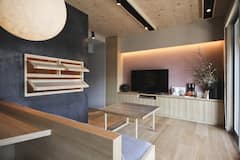
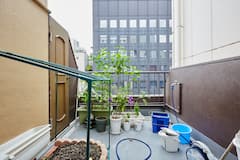
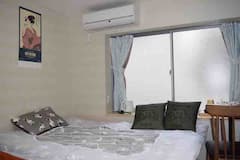
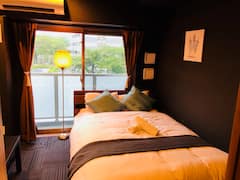
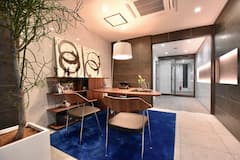
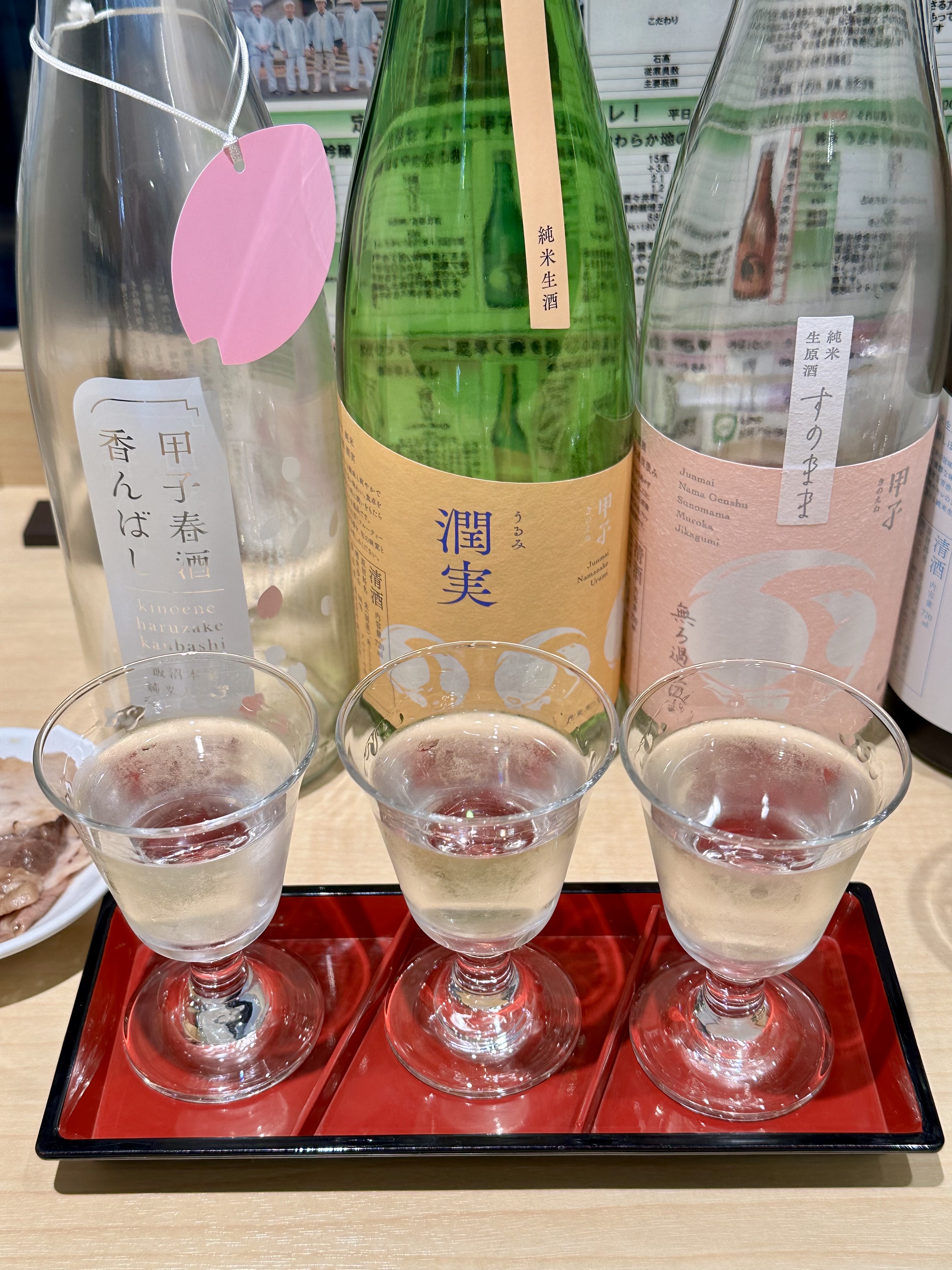

















Create an account to